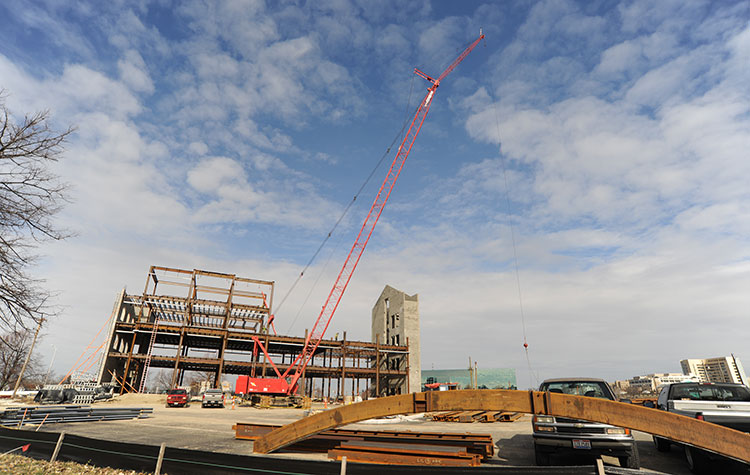Thermal and Mechanical Properties of Polyethylene Pipes
Document Type
Article
Publication Date
12-2007
Publication Source
Journal of Materials in Civil Engineering
Abstract
Two types of polyethylene are used for pipeline systems: medium density polyethylene and high density polyethylene. A polyethylene pipe, being a thermoplastic, softens on heating and hardens on cooling. Because of the viscoelastic nature of polyethylene, stresses decrease under applied constant strain and strains increase under applied constant stress. To account for the complex behavior of polyethylene pipe, laboratory tests were performed to study its thermal and mechanical properties. This paper presents the test results, findings, and design recommendations for polyethylene pipe properties. The tests were performed in a temperature controlled room, where properties were investigated for thermal variations expected in the field. Two types of tests were performed: stress relaxation tests and temperature ramp tests. Test methods and properties are summarized for relaxation modulus, instantaneous modulus, Poisson’s ratio, thermal expansion/contraction coefficient, and stress relaxation rates.
Inclusive pages
1043-1052
ISBN/ISSN
0899-1561
Copyright
Copyright © 2007, American Society of Civil Engineers
Publisher
American Society of Civil Engineers
Volume
19
Peer Reviewed
yes
Issue
12
eCommons Citation
Bilgin, Ömer; Stewart, Harry E.; and O’Rourke, Thomas D., "Thermal and Mechanical Properties of Polyethylene Pipes" (2007). Civil and Environmental Engineering and Engineering Mechanics Faculty Publications. 36.
https://ecommons.udayton.edu/cee_fac_pub/36
COinS




Comments
Permission documentation is on file.